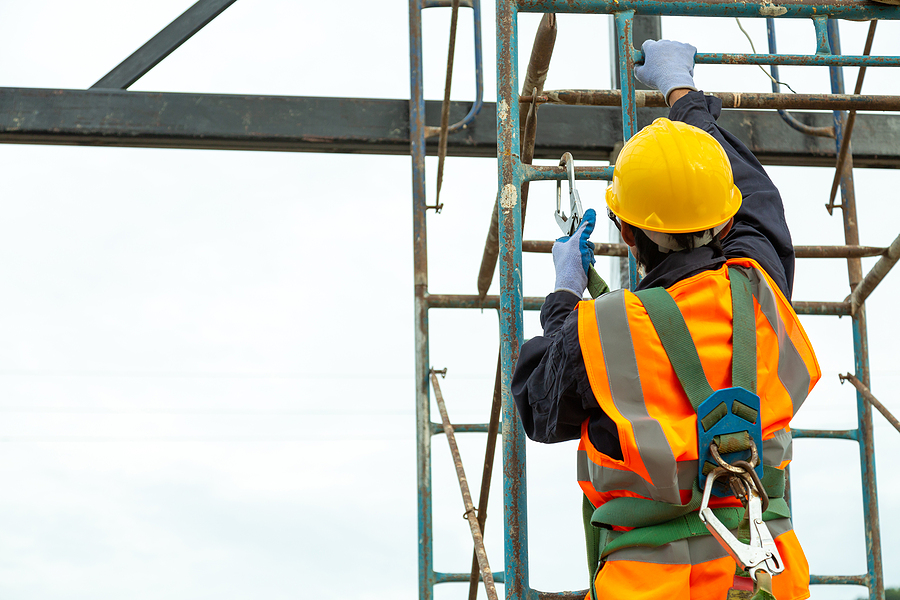What are the Factors Why Fall Protection Training is So Important?

Fall protection is one of the most commonly cited OSHA violations. Among private-sector construction workers, nonfatal workplace falls, slips, and trips leading to at least 1 day away from work occurred at an annualized rate of 31.5 per 10,000 full-time workers during the 2-year period 2021–2022.
The rate for all private industry was 22.6. The annualized rate of nonfatal falls to a lower level that resulted in at least one day away from work was 13.9 in the construction sector and 4.6 for private industry overall.
Specialty trade contractors are responsible for the majority of fatal falls, slips, and trips in the private construction industry. Among specialty trade contractors, the number of fatal falls, slips, and trips increased from 229 in 2018 to 245 in 2020 and 281 in 2021. (No fatal falls, slips, or trips data for detailed construction industries were published in 2019.)
Here’s a complete recap of why this kind of training is so necessary:
Safety and Injury Prevention
Fewer Accidents: Training employees teaches them how to prevent falls, which are one of the leading causes of workplace injuries and deaths.
Escape from the fall injury: When these trained workers fall, they are less likely to find themselves using fall protection correctly, minimizing injury severity.
Compliance with Regulations
Legal Requirements: OSHA and various regulatory organizations require fall protection training for employees who work at various heights. Failure to comply can lead to hefty fines and legal consequences.
Progressive Guidelines: Keeping up with the ongoing regulations across the industry helps companies appear socially responsible while avoiding legal implications.
Promoting a Safety Culture
Training to create awareness and sense of responsibility: Conducting safety training builds a culture of safety wherein employees feel responsible for their own safety and of their peers as well.
Avoiding Complacency: Regular training serves as a reminder of safety procedures to employees, helping to avoid complacency and reinforcing the need for each step of safety.
Financial Benefits
Lowering Expenses: Avoiding falls also helps prevent the financial burden of injury-related costs, for example, medical bills, workers comp claims, and productivity loss.
Safeguarding Company Image: A good safety record improves a company image which play an important role for business utilities and employee productivity.
Understanding Equipment and Procedures
Making Proper Use of Equipment: Training teaches workers to use fall protection equipment in the right manner, such as safety harnesses, guardrails, and safety nets.
Emergency Procedures: Employees are trained on how to respond during a fall, including rescue technique and emergency procedures, which can help save lives and lessen the severity of injuries incurred.
Enhancing Productivity
Safety Money Bank: A workforce that is not sick and healthy contributes to the economy.
Work Focus: Employees perform better on the job when safety concerns are minimized.
Adaptability to Work Environments
Diversity: Training also prepares employees for training into more than one work area and for scenarios where fall risks can be different from each other.
Final Thoughts
Workplace safety training is incomplete without proper training for fall protection. It not only provide safety to employees from potential harm but also assist companies to comply with regulations, save costs, promote a safety culture, and increase productivity.
Fall protection training is an investment in workplace safety and should be viewed as an important part of any business safety program.
Safety Counselling Fall Protection Classes
When your New Mexico business needs fall protection classes the company to call is Safety Counselling. Call 505-881-1112 to schedule a fall protection class for your company today!
